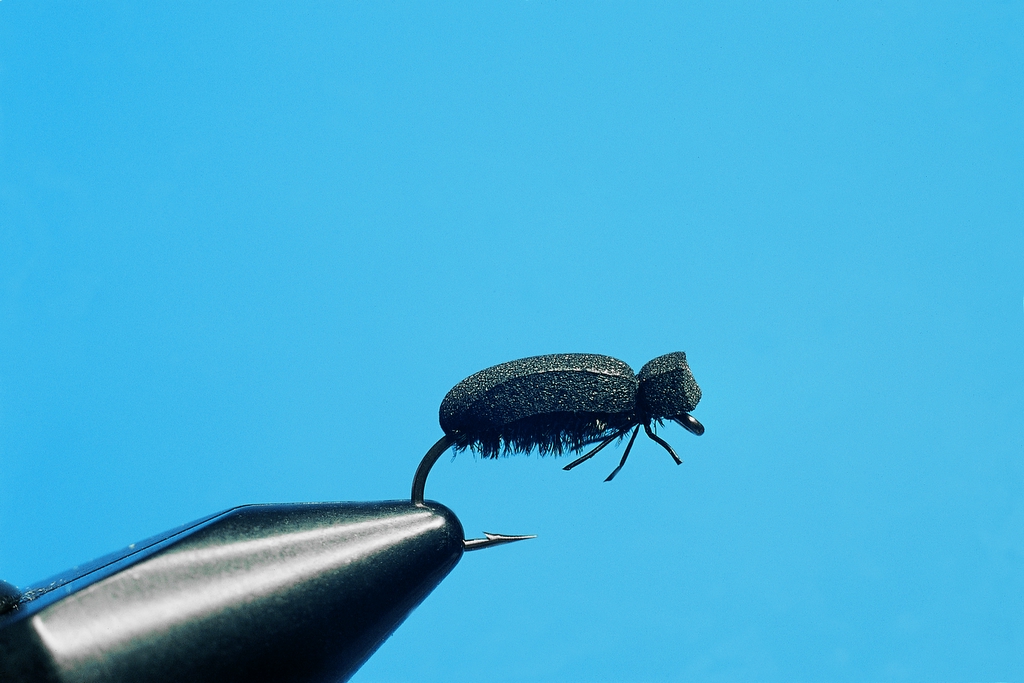
In Sweden, there are tens of
thousands of small streams and creeks, many of which can give you an
interesting as well as exciting fly-fishing.
Have a look at the map, pack a thermos in your backpack and go exploring.
Perhaps you will find the fishing spot of your dream closer than you could
have imagined. And best of all – you are probably the only one there!












